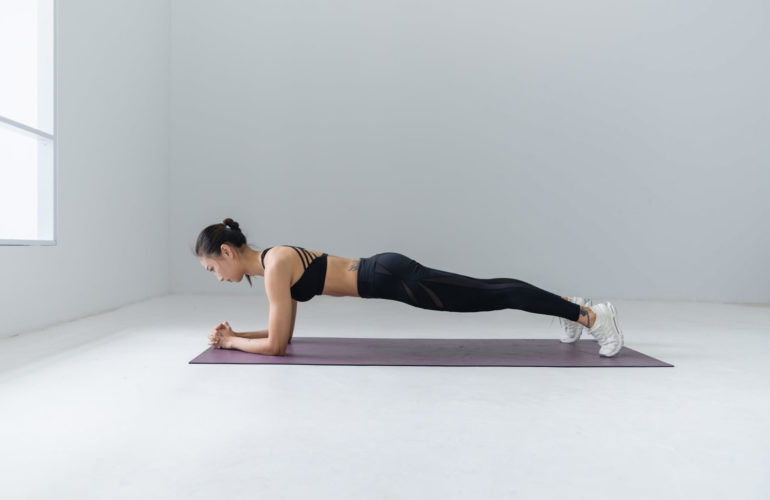There are many reasons why we gain belly fat, including poor diet, lack of exercise and stress. Improving nutrition, increased activity, reducing stress and making simple lifestyle changes can help people lose the stubborn and unwanted belly fat. Dealing with this soft layer of squishy fat around the waist can be really annoying. It is not only incredibly difficult to get rid of but also poses serious health risks. Extra belly fat can lead to increased risk of heart diseases. The damage which excess belly fat can cause is seriously harmful. People with excess belly fat are at an increased risk even if they look thin on the outside. Though losing fat from this area can be really difficult, we’ve discussed about one exercise which is amazingly effective for belly fat.
Categories of belly fat
- Visceral fat :- Visceral fat is a type of body fat stored within the abdominal cavity. It’s located near several vital organs, including the liver, stomach and intestines. This type of fat can also build up in the arteries. Visceral fat is sometimes also referred to as ‘active fat’ because it can actively increase the risk of serious health problems. Since this fat is actually inside the abdominal cavity, it is not easily seen. An easy way to tell if you are at risk is by measuring the waist size. If you are a women and your waist size is more than 35 inches you are at risk of heart problems. For men waist size of more than 40 inches means you are at risk. Visceral fat is often evaluated on a scale of 1 to 59 when diagnosed with body fat analysers or MRI scans. Healthy levels stay under 13. If your rating is from 13 to 59, immediate lifestyle changes are recommended.
- Subcutaneous fat :- Subcutaneous fat is the jiggly fat you see just under the skin. This fat is normally harmless and may even protect against some diseases. Everyone has some subcutaneous fat, but lifestyle factors such as diet and exercise, and genetics affect the amount of this fat.
Types of belly fat
- Stress belly
- Mummy belly
- Hormonal belly
- Bloated belly
- Thyroid belly
- Alcohol belly
How to lose belly fat
There is no magic solution to lose belly fat. Concentrating on your diet, Reducing stress from your life and adequate exercise is the only way to lose belly fat. The best exercise to lose belly fat is by far ‘Plank’.
Why is plank the best exercise to lose belly fat
Unlike crunches, all variations of plank activates all the core muscles. This includes the rectus abdominis, transverse abdominis and obliques. These exercises also activate the muscles in hips, back and shoulders. Planks thus are way more effective than crunches for improving endurance, balance and maintaining mobility.
Perfect plank position
Doing plank is extremely beneficial for reducing belly fat. However, for the plank to be perfectly effective, it is imperative that plank be done in the correct manner. Some of the points which need to be kept in mind are :-
- Your elbows should be placed directly beneath your shoulders.
- Make and maintain a straight body line from the head to heels.
- Keep your butt and the front of your thighs squeezed.
- Keep your abs braced like you’re going to take a punch from someone.
Doing the plank correctly is more effective than doing it incorrectly for longer period. Correct posture during plank will ensure that the abdominal oblique muscle and the rectus abdominis muscle is addressed correctly.
Common mistakes during plank
- Unengaged neck
- Heavy head and craned neck
- Elbow not tucked in under the shoulders
- Legs bent and not engaged
- Lifting the gluteus
- Arching the back
Tips for doing plank
- At the beginning start with 30 second planks
- More than your timing, correct stance and posture is important
- You can do 4-5 sets with 20 seconds break
- Before you start doing planks, make sure you’re adequately warmed up
- Look to gradually increase your timing and sets
Benefits of doing plank
- Steep reduction in the belly fat
- Strengthening of your core muscles
- Overall improvement in your posture
- Improved flexibility
- Improved body balance
- Reduction in body and back pain
- Increased endurance
- Increased stamina
To get the best results, you should start with 30 seconds plank. Gradually increase your timings. Once your body gets in to the routine of doing planks, try out the different versions and types of planks for best results.
